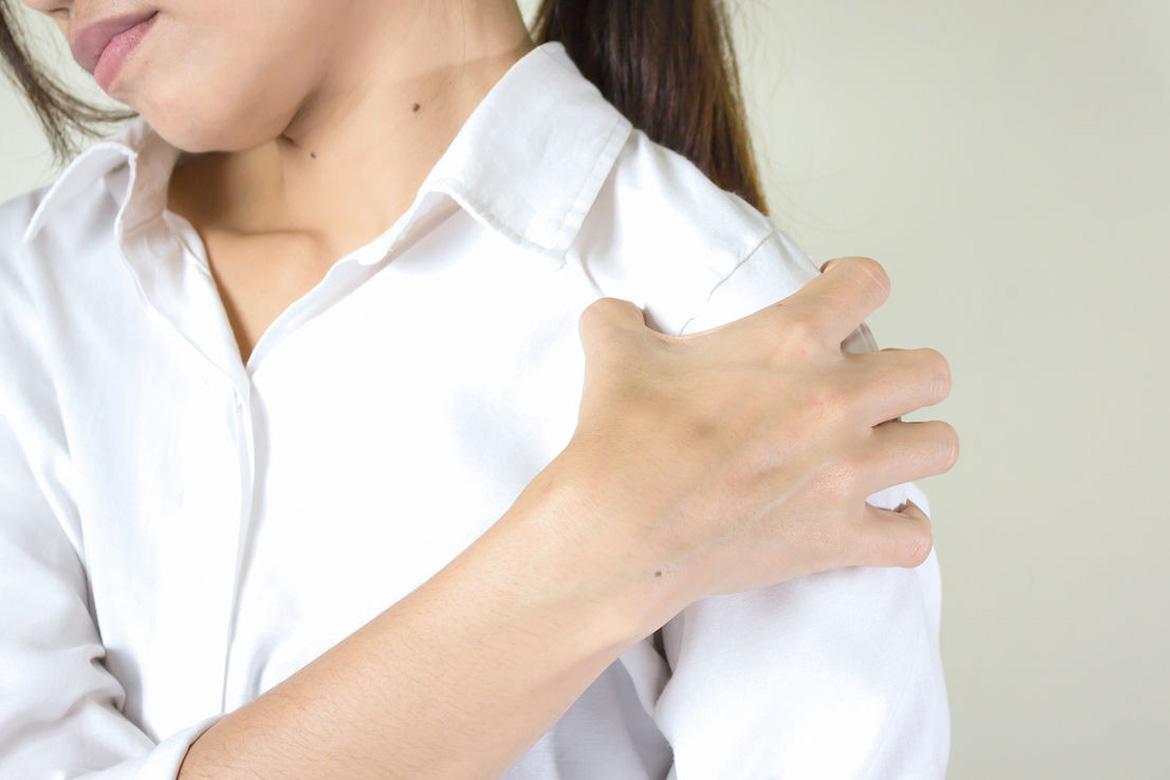-
-
Featured Care Areas

Shoulder Dislocation
What is a shoulder dislocation?
A shoulder dislocation occurs when the round ball at the top of the humerus (upper arm bone) comes out of the socket in the scapula (shoulder blade).
This can happen because the shoulder is the body's most mobile joint, making it prone to dislocation.
A shoulder dislocation can also affect the tissues around the bones, such as the:
- Muscles
- Tendons that connect muscles to bones
- Ligaments that join the shoulder bone to the shoulder blade
- Cartilage (a rubbery tissue that covers and protects the ends of bones)
Types of shoulder dislocation
There are several types of shoulder dislocation:
- Anterior shoulder dislocation, when the humerus (head of the arm bone) is moved forward in front of the socket. This is the most common type of dislocation and usually happens when the arm goes into extension and external rotation.
- Posterior shoulder dislocation, when the humerus (head of the arm bone) is moved back and above the socket. This is an uncommon type of dislocation that is usually caused by seizures or electrical shock.
- Inferior shoulder dislocation, when the humerus (head of the arm bone) is moved downwards and out of the socket toward the armpit. This is the least common type of dislocation.
- Partially dislocated shoulder, called a shoulder subluxation, when only part of the upper arm bone is out of socket.
What are the symptoms of shoulder dislocation?
A shoulder dislocation can result in symptoms such as:
- Swelling or bruising
- Intense pain
- Inability to move the shoulder joint
- A visibly out-of-place shoulder
- Numb sensation along the shoulder and upper arm
If you have a shoulder dislocation, seek medical help immediately. A shoulder dislocation is considered a medical emergency.
You should also:
- Avoid moving the arm. Keep it close to the body. Do not try to jam the shoulder back into place. This can damage blood vessels, muscles, ligaments and nerves.
- Apply an ice pack to the injured area to ease swelling and reduce pain.
- Take an over-the-counter painkiller if needed, but seek medical advice first if you have an underlying condition.
What causes shoulder dislocation?
Shoulder dislocation is usually caused by a fall or blow to the shoulder.
This can happen during sports and other physical activities.
What are the risk factors for shoulder dislocation?
Dislocated shoulders are more common among:
- Younger people (under 40 years)
- Males
- Individuals with ligamentous laxity (loose ligaments)
- People with a previous shoulder dislocation
What are the complications and related diseases of shoulder dislocation?
Complications of a dislocated shoulder may include:
- Torn muscles, ligaments and tendons that reinforce the shoulder joint
- Nerve or blood vessel damage in or around the shoulder joint
- Shoulder instability
- Repeated dislocations, which increases the risk of re-injury
In older patients, the rotator cuff (a group of muscles and tendons surrounding the shoulder joint) is more likely to tear. This can lead to chronic pain, weakness and immobility.
A brace may be recommended to help stabilise the shoulder and follow-up appointments may be needed to monitor the condition.
With recurrent dislocations, surgery may be required.
How do you prevent shoulder dislocation?
To prevent shoulder dislocation:
- Take care to avoid falls
- Wear protective gear when playing contact sports
- Avoid playing games that tug and pull on the arms
- Exercise regularly to maintain strength and flexibility in the joints and muscles
Those who have had a shoulder dislocation before are more susceptible to future dislocations. To prevent this, follow the strength and stability exercises that you and your doctor have discussed for your injury.
This page has been reviewed by our medical content reviewers.
Need help?
For enquiries, please call
+65 6575 7575
For appointment bookings, please WhatsApp
+65 8111 9777



